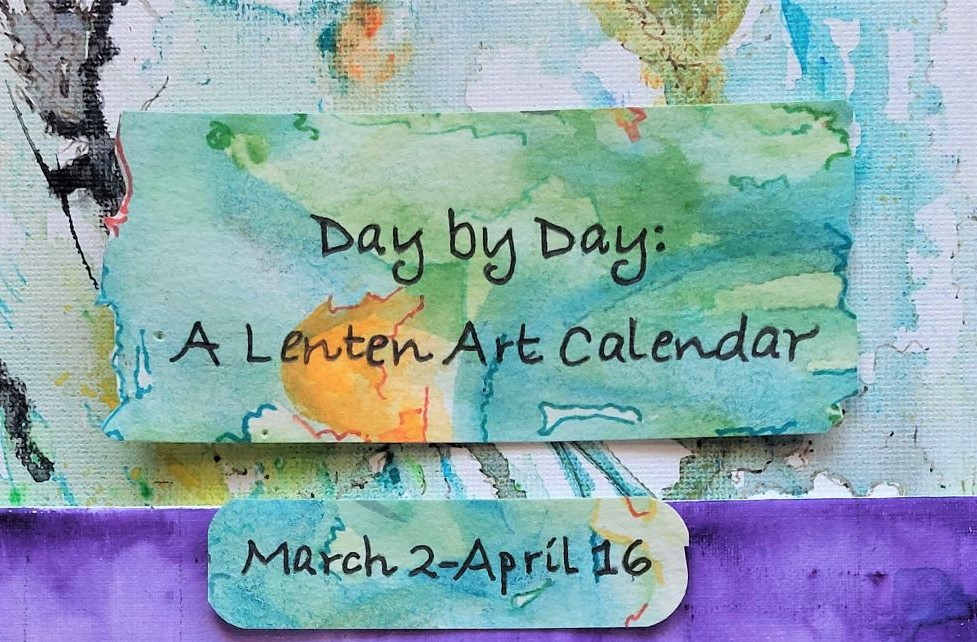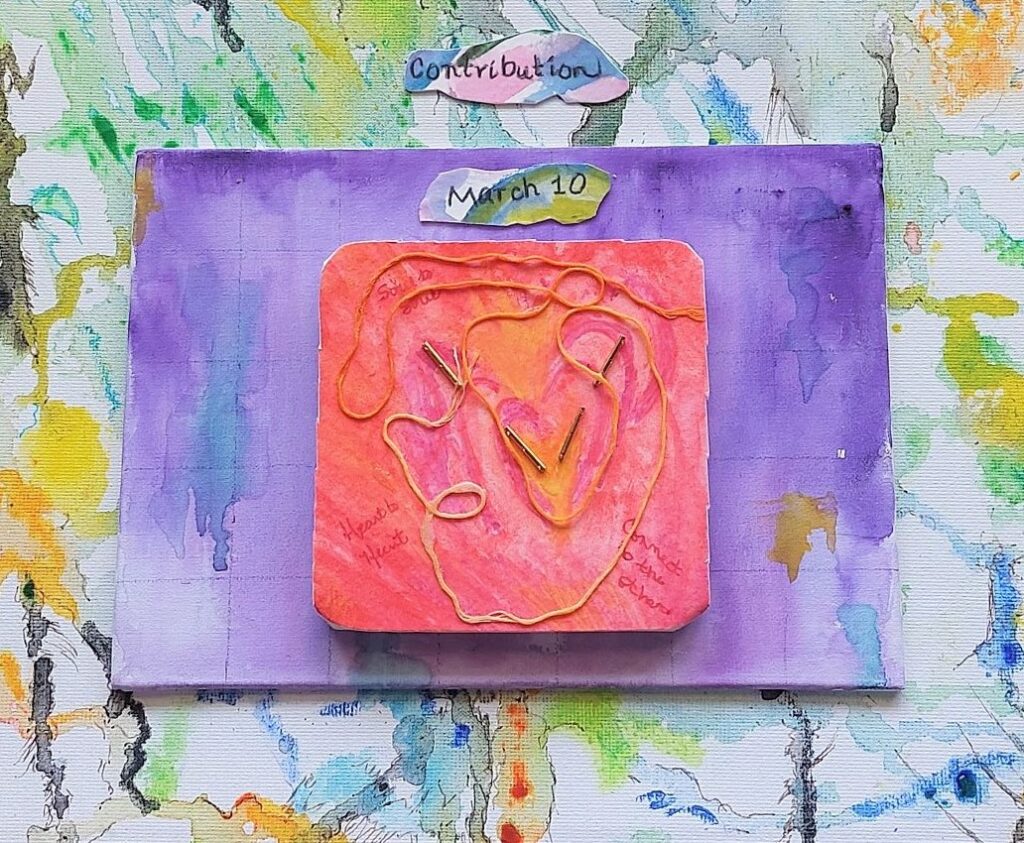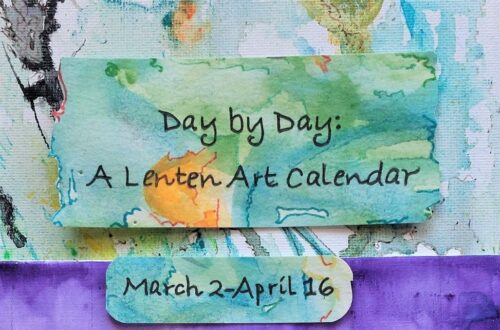
Begin to Weave
The sight below me was amazing. I was on a stair railing looking down on a factory floor that stretched out for a city block. The city was Edinburgh, Scotland and I was touring the Tartan Weaving Mill. Below me, dozens of large looms clicked and clacked, turning out hundreds of yards of fine woolen cloth. Soon our group headed downstairs for a closer look at the machinery as we listened to the story of the weaving process that produces the famous Scottish tartans. The distinctive tartans of the Highland Clans rolled off the looms as smoothly as their names rolled from the guide’s tongue with his thick Scottish accent: Black Watch, Royal Stewart, Bannockbane, MacKellar. Each woolen fabric was an intricate mix of hundreds of colored threads woven into an age-old pattern.
The actual weaving process using wooden floor looms has changed little over the decades, although electronics now run the treadles and computer codes guide the shuttles that create the interplay of threads. The Mill’s looms are still threaded by hand, and when threads break, skilled craft persons must ply the threads together. Almost all the cloth produced now goes to the tourist trade rather than into kilts or sashes for sturdy clansmen and women who once used the tightly woven cloth to ward off the bone-chilling cold of the Scottish Highlands. Though purchasers can now choose any pattern, the symbolic meaning and pride in the tartan is still integral to Scottish culture. While I admired the beautiful fabric, what truly fascinated me was the entrancing, mesmerizing movement of the looms. The weaving process was not accidental or haphazard. It was the result of ingenuity, effort, intention and perseverance. No thread was unimportant; each one was necessary to create the whole. Single strands became a whole cloth, sturdy and strong, a gathering of threads so tightly woven that even the coldest North wind could barely penetrate it.
It can be difficult to write about our urge and our responsibility to contribute to the collective good. Words turn into trite phrases, essays turn into sermons filled with reminders we have no need for. Today, I offer the story of threads and looms and weaving and cloth. I trust that you will take from it what you need to weave your own story. I have a needlework plaque across from my desk with a message more eloquent than mine:
Begin to weave and God will give the thread.

Today’s tile symbolizes the stitches of caring and compassion that can create a garment of love. The background is a bright orange, a color that symbolizes joy and optimism. The threads loop and turn, and begin to form a heart-like shape. Knitting needles can stitch the threads together. Heart to heart and Soul to Soul, all we can do, all we must do, is contribute our single thread and trust that God will use it.
O God, Bless the threads we offer You today. Weave them into a ministry of hope and healing. Amen.



One Comment
Nita Gilger
Weaving is such a fascinating practice. I love your memories from Scotland. There is something so reassuring about a centuries’ old practice that not only makes beautiful tartans but also remembers generations of people who belong to one another. I have a tartan from my Scottish side of the family that has identified our family for hundreds of years. It is a testament of strength, endurance, and heritage for me. And, your tile and its description give a powerful image of God who weaves our lives together in love. I offer my threads and pray for a strong, resilient weave in my life.